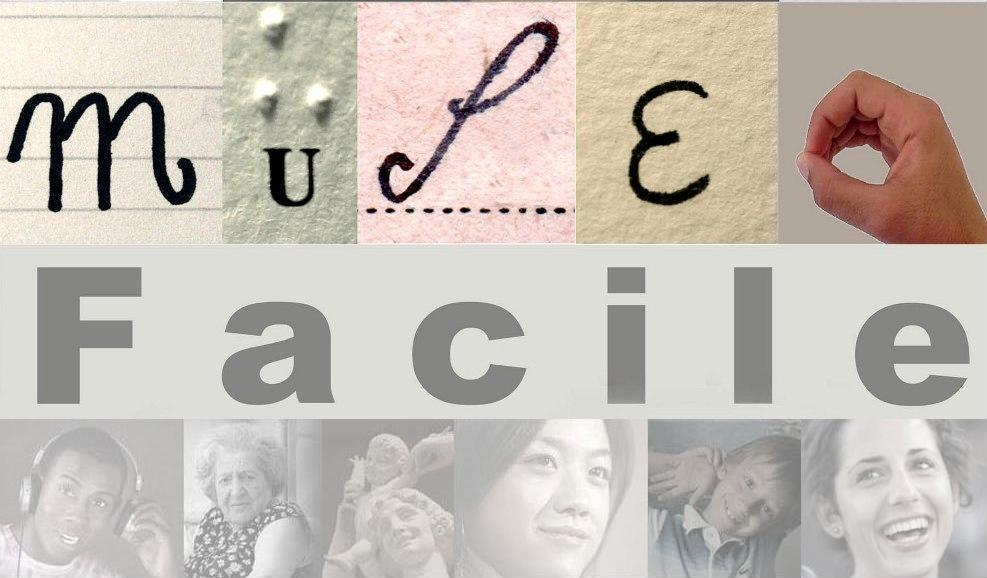Bizhan Bassiri, Tehran (Iran), 1954 Solar Mirror, 1997 Stainless steel 200 cm Location: Façade of the Departments of Engineering, University of Cassino and Southern Lazio Owner: University of Cassino and Southern Lazio The work consists of a large stainless steel disc, which is two meters in diameter and hung quite high on the wall. The artist […] Read More
Cristina Pizzarro, Orion
Cristina Pizarro, Santiago de Chile, 1947 Orion, 2000 Stainless steel 150x110x110 cm Location: Entrance to the Folcara Campus, University of Cassino and Southern Lazio This work consists of three identically-shaped elements in stainless steel, harmoniously overlapped and placed on a steel base. Pure shapes and lines and concave and convex elements conjoin, giving the whole sculpture […] Read More
Jannis Kounnelis, Untitled (The Well)
Jannis Kounellis, Piraeus (Greece), 1936 – Rome (Italy), 2017 Untitled (The Well), 2006 Bitumen, stone, iron 100x450x450 cm Location: University of Cassino and Southern Lazio – Folcara Campus, Entrance The work is an installation realized in 2006. It rests in direct contact with the ground of external space at the Folcara University Campus. The well’s quadrangular […] Read More
Eliseo Mattiacci,Three Spheres
Eliseo Mattiacci, Three Spheres, 2006 Biographical Notes: Cagli (PS, Italy), 1940 Material: Iron Scale: 11.1×14.3 m Patron: CAMUSAC and University of Cassino and Southern Lazio Location: Outdoor parking – Folcara Campus, University of Cassino and Southern Lazio Owner: University of Cassino and Southern Lazio The sculpture is placed in the center of a circle drawn on […] Read More
Klaus Munch, Untlited
Klaus Münch, Untitled,1998 Freiburg, 1953 Material: Gold, silver and purple serigraph on Plexiglas Varied Location: Rectorate, University of Cassino and Southern Lazio This piece consists of three oval shapes coated with serigraphs on plexiglass (a serigraph is a type of printing). The individual shapes are of different sizes and colors: the purple one is […] Read More
Museo Facile, Museums Made Easy
Museo Facile, Museums Made Easy Museo Facile seeks to make art collections more direct and accessibile to all audiences through: Simplified content Interpretive materials along the way Easily legible texts Recorded descriptive guides and videos in Italian Sign Language (LIS) Museums Facile’s interpretive materials are equipped with QR-Codes to enhance your visit. With the help […] Read More
Medieval Art Section
The Museum of Montecassino Abbey- Sections
W
Wainscoting: a type of decoration located in the lower portion of a building’s interior walls; it can be executed as a painting or as actual panels (in a variety of materials).
T
Transept: a longitudinal architectural element which is located at the presbytery of a church and arranged perpendicularly to the apse and nave. Trapezoid-Shaped Capital: a type of capital (an architectural element usually placed on top of a column) with a flattened volume and trapezoidal shape. Triple Lancet Window: a window with three arches separated by […] Read More
S
Scriptorium: a place in medieval monasteries where codices were transcribed. St. Andrew’s cross: St. Andrew’s cross is used to indicate crossroads in European road signs and at railroad crossings. It a Greek cross placed on its side.
R
Register: the levels into which a work of art is divided.
Q
Quadriporticus: a portico located along the four sides of a courtyard in front of Early Christian and Romanesque basilicas. Quincunx: a motif that reoccurs in Byzantine and Cosmatesque floors. It is composed of four medallions placed around a fifth one that are all linked together with intertwined bands.
P
Parapet (pluteus): a smooth, carved or inlaid marble panel, placed vertically and used as an enclosure and or religious furnishing. Polychrome: an adjective of Greek origin, meaning “of many colors”. Presbytery: area within the church reserved for the clergy; it includes the apse and the space around the main altar. Purple: type of red, originally […] Read More
M
Marble Inlay (opus sectile): a mosaic technique using various kinds of cut, marble slabs (hence the name opus sectile, Latin for “cut work”). Once cut, the slabs are shaped and juxtaposed without leaving intermediate spaces, creating a variety of geometric and figurative (especially floral) images. Meander pattern: an ornamental border of Greek origin characterized by […] Read More
L
Lintel: an architectural element crowning a door, a window or a colonnade that is placed horizontally on weight-bearing structures (columns, pillars, jambs). Liturgy: the set of formulas, prayers, readings that are recited during religious ceremonies. Loggia: an architectural space open on one or more sides through a sequence of columns or pillars. It can serve […] Read More
